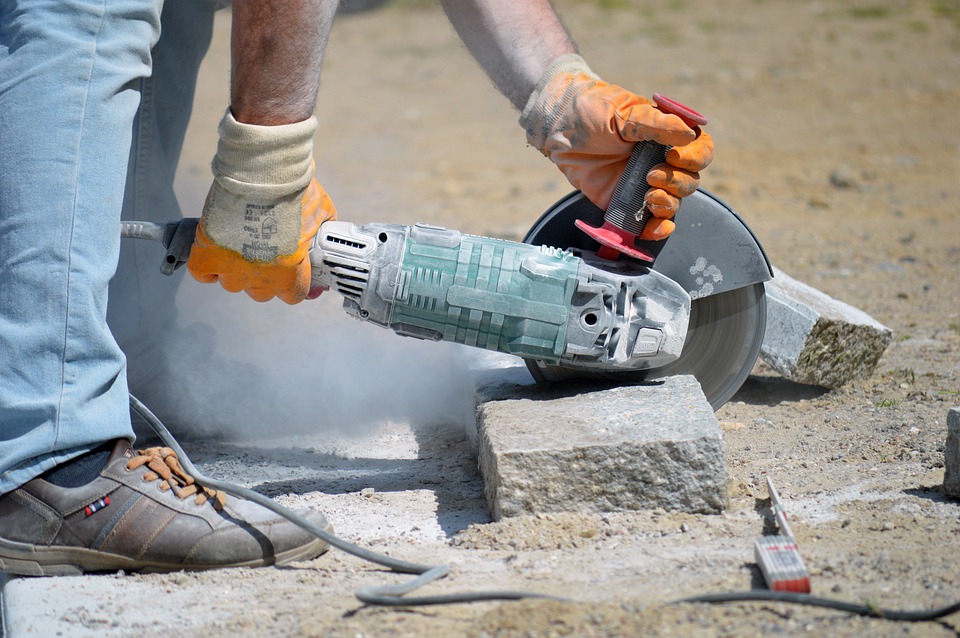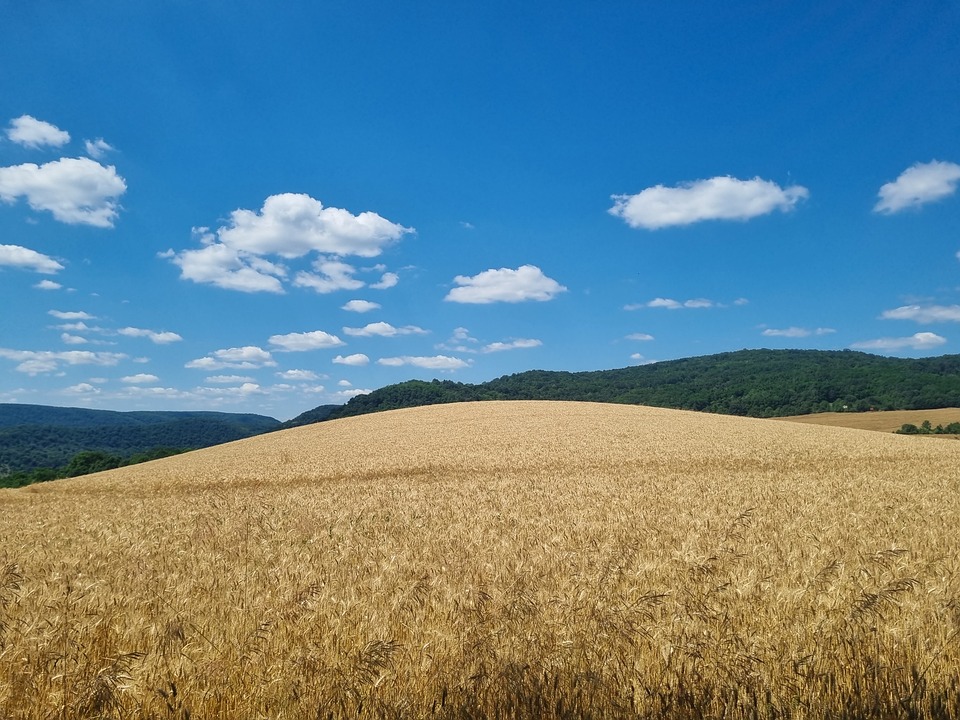Flex Your Brain: Surprising Functions and Facts of the Human Muscular System
The human body is a marvel of evolution, and nowhere is this more evident than in our muscular system. As a network of fibers that contract and relax in response to nerve signals, our muscles form the foundation for everything we do, from the simplest nod to the most complex gymnastic routine.
In this article, let’s explore some of the most surprising functions and facts of the human muscular system. And, while you’re reading, imagine a world-class athlete flexing their muscles in your mind’s eye — but remember, ours are all the better with exercise and a dash of curiosity!
Soft and Beautiful: Muscle Fibers and Colors
Not all muscles are built the same. There are primarily three types of muscle fibers in the body — slow-twitch (ST), intermediate-twitch (IT), and fast-twitch (FT). ST fibers are designed for endurance, while FT fibers are best suited for quick bursts of strength. Interestingly enough, our kind, called ITS (Intermediate-Twitch), give us a versatility that’s admirable indeed.
Color: You may be surprised to learn that muscles change color throughout our life and even from person to person. That’s because the amount and type of myoglobin (an oxygen-carrying protein found in muscle) vary depending on factors such as age, exercise, and sex. The more myoglobin, the darker the muscle color — hence the term ‘red meat’ when referring to proteins.
Muscles, Lots of Them
There are over 700 muscles in our bodies, and that includes some you might not have heard of, like the tensor tympani in the ear or the coccygeus in the tailbone region. Furthermore, some muscles serve multiple functions at once. Did you know that our sternocleidomastoid, among its prime duties as a head-turning hero, is also pivotal during the act of swallowing?
No Pain, No Gain?
Our muscles often experience microscopic tears, particularly with exercise or exuberance. However, this isn’t necessarily a somber occasion. When treated right with rest and recovery, these tears heal and make us stronger, leading to muscle hypertrophy. In essence, the aches you endure today could result in stronger, healthier muscles tomorrow.
Not Just for Lifting Weights
While our muscles undeniably help us to engage in strength training, they also perform a range of other essential functions. From aiding digestion to regulating heartbeats and assisting in blood flow, the role of muscles is vast and varied. Indeed, there’s a lot going on inside us, no strings attached!
Now that we’ve flexed our brains on the human muscular system, let’s take a moment to wrap up with some frequently asked questions:
FAQs:
- Why do muscles feel sore after exercise?
Muscle soreness occurs due to the microscopic tears that form in muscles under strenuous activity. These tears cause inflammation, which leads to the sensation of soreness or pain. However, this discomfort is a sign that your muscles are healing and becoming stronger.
- Can you change muscle fiber types?
While you can’t change the number of fast or slow-twitch fibers you have, you can train them for better performance. For example, strength training can enhance fast-twitch fiber functions, while endurance training can improve slow-twitch fiber capabilities.
- Why do some muscles appear more prominent in some individuals?
Muscle size, shape, and prominence result from factors like genetics, physical activity, diet, and overall health. Engaging in regular exercise, maintaining a well-balanced diet, and staying fit can significantly influence your muscle’s appearance.
- Can muscles become permanently weak?
Muscles can weaken if not regularly used or properly cared for. Causes include age, illness, or sedentary lifestyles. However, with proper exercise and care, muscles can regain their strength, ensuring they remain a study in strength, resilience, and versatility.
So, the next time you flex your muscles or take a stride, remember the wonder that is the human muscular system. It’s a world of strength, versatility, and endless possibilities. Now let’s get moving and put our muscles to work!
[Image: An illustration showing the structure of a muscle fiber and its contraction process.]



